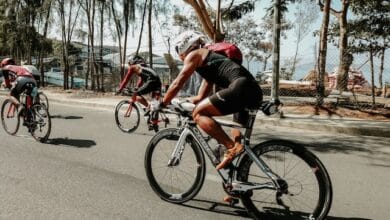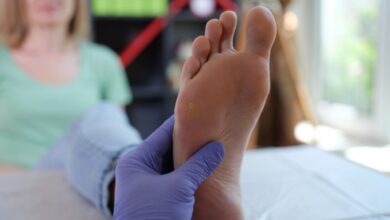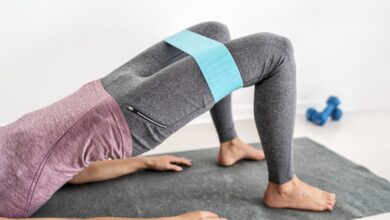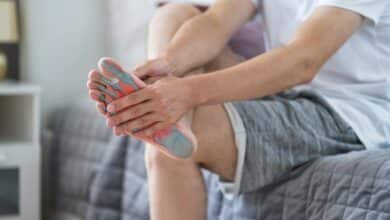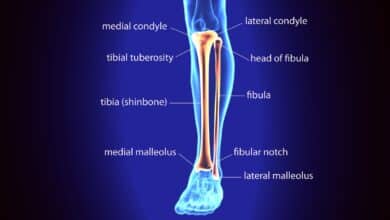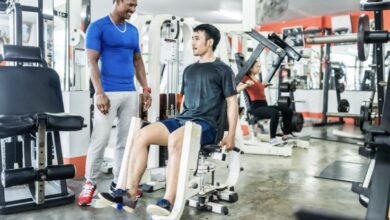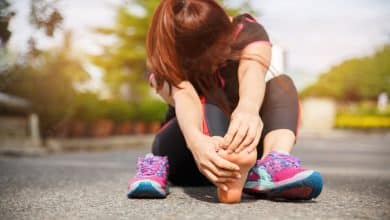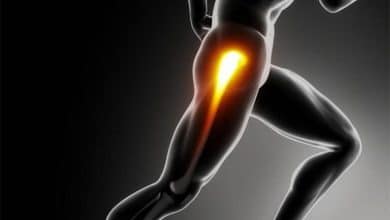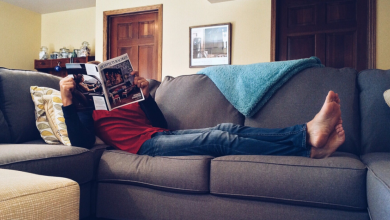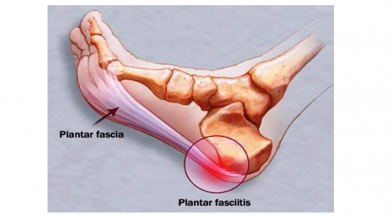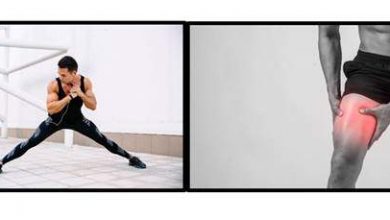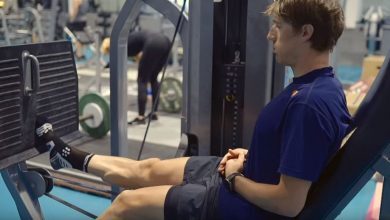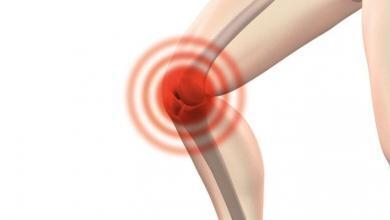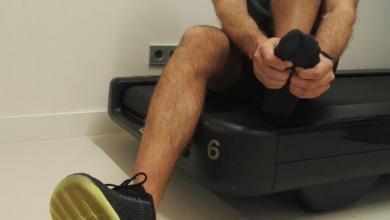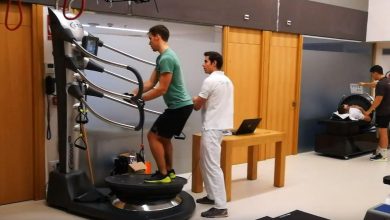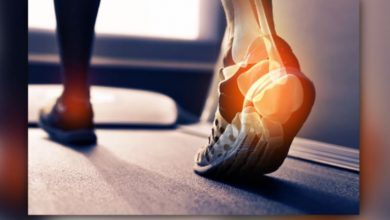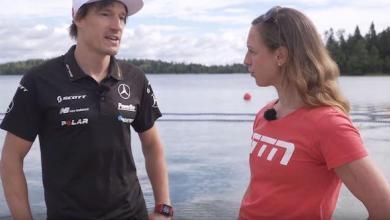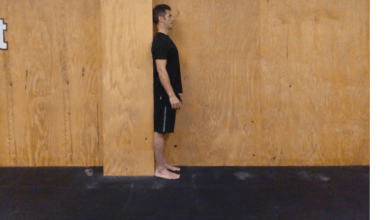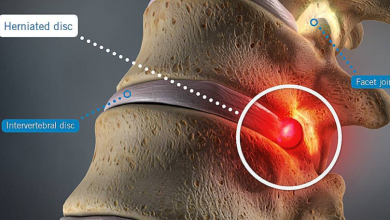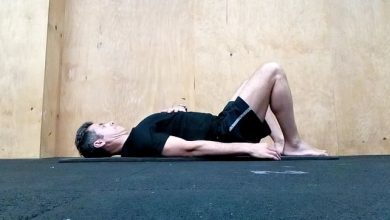How to treat a sprain?
They are the strains of the ligaments that hold the ankle. They are usually produced by poor support that produces a sudden opening of the ankle joint.
How to deal with the sprain?
The main thing is to know if apart from the sprain we have had some other joint problem as well as fracture or associated fissure. Therefore, it is advisable to approach the doctor to perform an X-ray, since it will see if it is only a problem ligamentous or not.
Sprain grades:
They can vary from a grade I, distension of the ligaments, to a grade III in which the ligaments are broken and surgical intervention is required in most cases.
WHAT CAN WE DO?
The most common protocol that has been carried out for a long time is the RICE, whose acronym in English means:
- R: Rest (Resting Time): the foot should be at rest to help reduce inflammation and not sharpen the process.
- I: Ice (Cold): apply local cold during the first 48 hours, 15 to 20 minutes every two hours, without the ice touching the skin directly.
- C: Compression (Compression): It is important that the area is subject. Both an ankle brace and a compression bandage can be used so that inflammation does not increase.
- E: Elevation (Elevation): The affected leg should be elevated higher than the area of the heart, to favor blood return.
Later it is advisable to go to the physiotherapist. The different techniques you can use are:
- Manual techniques (cyriax, Jones, massage, stretching) to relax the muscles around the ankle, and even the knee area, as all these structures are very tense.
- Acupuncture: there are still very few published studies, and little evidence, but it seems that this technique helps in the relief of pain and the return to daily activity.
- Functional bandage: the functional bandage avoids the overstretching of the ligament or ligaments affected until the total recovery of them, which also helps the return to normality in less time.
- Neuromuscular or kinesiotaping bandage: there are still very few studies published. The neuromuscular bandage seems to help reduce the inflammation of the affected area, and can also be used as a containment of the affected ligament.
After the disappearance of pain and inflammation, it is very important to start performing the proprioceptive exercises to return to have the balance restored and not to repeat recurrent sprains. And above all, the most important thing is not to forget the advice of a professional, both doctor and physiotherapist.
Gem Lozano
Website: http://fisioterapiaytriatlon.blogspot.com.es/
Facebook: https://www.facebook.com/gema.fisioterapeuta
Photo: human-movement.com
There are no previous results.







